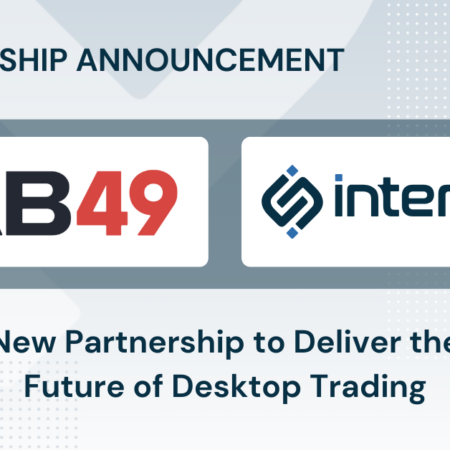Experiencing first-hand some of the issues capital markets encounter with their technology is part of what makes interop.io tick. Whether we gain knowledge from specific client projects, solutions engineering calls, or visits to a prospect’s trading floor, we learn every day how we can help solve the industry’s biggest (and/or most specific) use cases.
In this first installment of a series we’re calling Spotlight on Interop, I’d like to share recent interoperability examples that we’ve encountered from real-life interactions within the finance industry. I hope these use cases help you glean some insights into the types of industry problems interop.io can help you solve.
____________________________________________________________
The problem: Workflow interruption; everything is lost
This interoperability example came from a recent visit to a sales trading floor, where we observed a frequent issue: An event causes a trader’s workspace to shut down without warning. Whether due to a computer glitch or an update needed to an app, the event forces a computer restart and traders lose everything they’ve been working on up to that point. Multiple apps signed in to, opened to where the traders want, then gone.
Not only did we learn this had financial consequences (time lost as traders had to restart, log back into every app, and re-search) but it also has personal consequences that we are all way too familiar with — the frustration of having to start again.
The solution: Savable workspaces (and states) with io.Connect
io.Connect allows you to seamlessly sync and connect your apps — but did you also know it allows you save multiple workspaces? Rather than going through the timely process of setting up your workspace every morning, io.Connect provides a dropdown of your pre-built favorites. Save as many as you want — for different projects, workflows, or times of day. Additionally, when an event forces a restart, trust that you can open the workspace back up exactly where you left off.
____________________________________________________________
The problem: The inability to easily share a point in time
This interoperability example came from another trading floor. In this situation, we noticed that in order to share algo analysis, traders had to physically call managers over to show them their findings. Using multiple apps across many monitors, the analyst was able to drill down to a granular level what had happened with a recent trade but was unable to easily share this information.
The solution: Sharable workspaces with io.Connect
As you know, workflows don’t have a specific beginning and an end. The whole process of analysis and flow is ongoing, and there are points throughout that need to be shared. With io.Connect sharable workspaces, a trader can select a point in time throughout the lifecycle of a trade that they want to capture, then easily share this with a manager.
For example, when conducting post-trade analysis of a recently worked order, multiple apps are used – market data terminal, TCA application, O/EMS, and associated internal analytics apps. Being able to share the entire set of apps – each loaded to the right screen to show the right context – back to the portfolio manager who sent the order not only saves time vs. copy/pasting screenshots and notes, but allows the PM to drill into those screens for additional information.
____________________________________________________________
The problem: Delivering an efficient (and actionable) data engine
Another interoperability example is one we’ve observed from our pre-sales engineers who have met with Heads of Information or Chief Data Officers. The issue? They have tons of data but no way of giving it to people. They find themselves assigned with the task of making this data valuable to the organization. It’s a given that they’ll need to create an app or a feed to show the data, but what’s the best path forward?
The solution: Provide a “house” for your data delivery mechanism
Not many folks researching interoperability would understand its benefits when it comes to data delivery. Interop is the vehicle that brings data to life, makes it actionable, and puts the human behind the chart or graph. When it comes to data, interop.io can provide:
* The house for the data;
* The means for traders to discover it;
* The relevant context for what the trader is interested in at that time.
For a Data Officer, interop is an overlooked key to the project. Let’s say there is an active order in the market with apps showing what people will buy the shares, what the share is, who has the share, and who has previously expressed interest in that share. With the benefits of interoperability, the Data Officer can bring this all together and give it to the salespeople in a timely way.
Additionally, whatever new data engine has been built will connect seamlessly to all the apps that provide that data. It’s a win-win for actionable data.
In Conclusion
Thanks for reading our first Spotlight on Interop. If you have any questions or would like to offer your own interoperability example or use case, feel free to contact us. No matter how niche your problem may be, we believe the interop.io team can help come up with a solution. For more information and examples of real world use cases, check out our client case studies.


